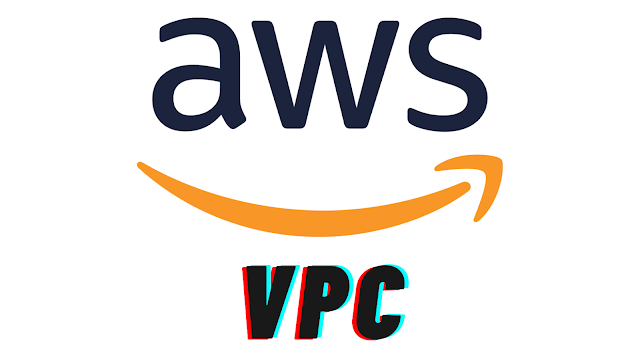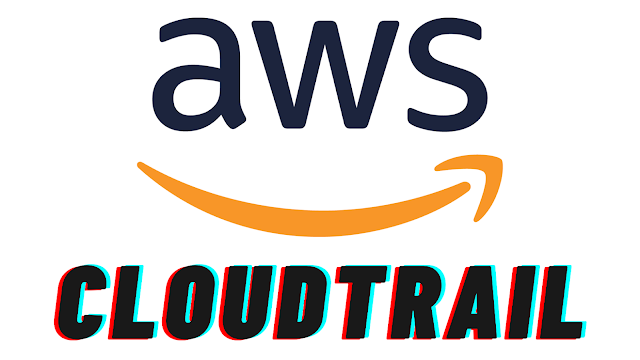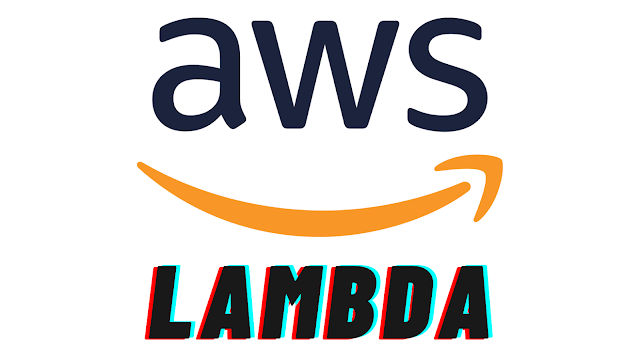AWS Elastic Block Store(EBS): A Beginner’s Guide

Amazon Elastic Block Store (EBS) is like having a virtual hard drive in the Amazon Web Services (AWS) cloud. It provides block-level storage volumes that you can use with EC2 instances. Think of it as the place where your operating system, applications, and data live when you're running a virtual server on AWS. EBS volumes are designed to be durable, meaning your data is safe, and they offer consistent performance for your workloads. Let's break down the key components of AWS EBS: Key Components of AWS EBS: EBS Volumes: These are the actual storage units. You can create volumes in different sizes and types based on your performance and cost requirements. When you launch an EC2 instance, you can attach one or more EBS volumes to it. These volumes appear as local block devices to your instance. EBS Snapshots: Think of snapshots as point-in-time backups of your EBS volumes. You can take snapshots while your volume is in use. These snapshots are stored in Amazon S3 (another AWS...















